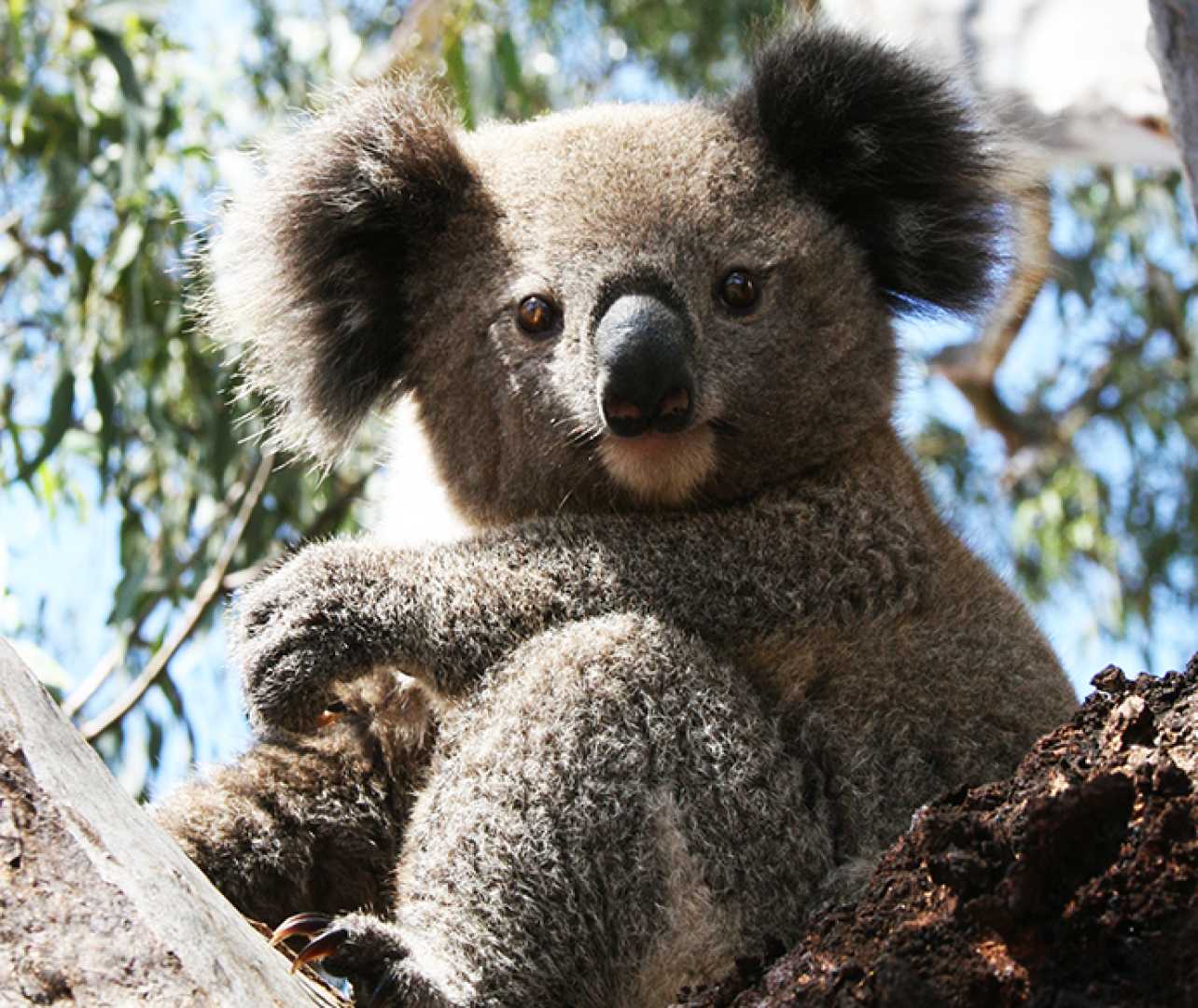News
NSW National Parks Releases Groundbreaking Threatened Species Status Report

The NSW National Parks and Wildlife Service (NPWS) has launched its first-ever threatened species status report on September 7, 2024, marking a significant milestone in conservation efforts.
This report highlights population trends for 101 threatened species residing in NSW national parks, aimed at improving or stabilizing their populations by the year 2030.
According to the findings, 36 species are experiencing stable or improving population trends, while 6 are reported to be declining, and the status of 59 species remains undetermined. Of the 36 species with favorable trends, 25 are plants, and 11 are mammals, indicating a positive outlook for certain groups.
All six species noted for decreasing population trends are classified as plants. The development of this status report is part of NPWS’s broader initiative to create consistent, data-driven assessments of threatened species across New South Wales.
In support of these efforts, NPWS conducts extensive surveys using tools like camera traps, acoustic monitors, and vegetation assessments. These initiatives are crucial in addressing various threats facing wildlife, including the presence of feral animals, invasive weeds, and the impacts of climate change.
NSW national parks constitute 10.4% of the state, encompassing approximately 8.2 million hectares, with these areas protecting around 85% of threatened plants and animals in the region.
To further bolster the protection of threatened species, NPWS has published an annual report in conjunction with the Threatened Species Framework, detailing ongoing measures and initiatives aimed at conserving vulnerable species.
The department emphasizes the importance of consistent monitoring to inform management strategies and ensure transparent communication with the community regarding conservation efforts.












